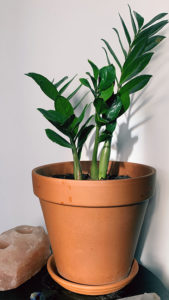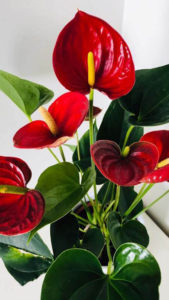Planting themes, garden design and fashionable plants come and go in cycles, just like the history of architecture, cars and most things that we as humans, connect with. To say that there has been a resurgence of indoor plants over the last couple of years is something of an understatement.
Back in the mid 1980s was the last huge indoor plant craze. Retailers could not keep enough of them on the nursery shelves, and a constant stream of fishbone ferns, maidenhair ferns, devils ivy, piggy back plants and dracaena’s – to name just a few – were flying out the door. Many of us would recall the bronze-look totem poles with arms from which we had bronze pots with plants spilling from them. No self-respecting bathroom would be seen without one. Then, fashion changed and we moved away from indoor plants.
With their popularity in full swing again, we’ve found that we receive a number of enquiries about indoor plants and how to care for them. With so many to choose from, there will be a plant that suits your home and taste, but before you head to your local garden centre, take note of where you’re planning on displaying your new indoor plant/s. How much light would it receive? Is the position situated near a heater? How much room is there for it to grow?
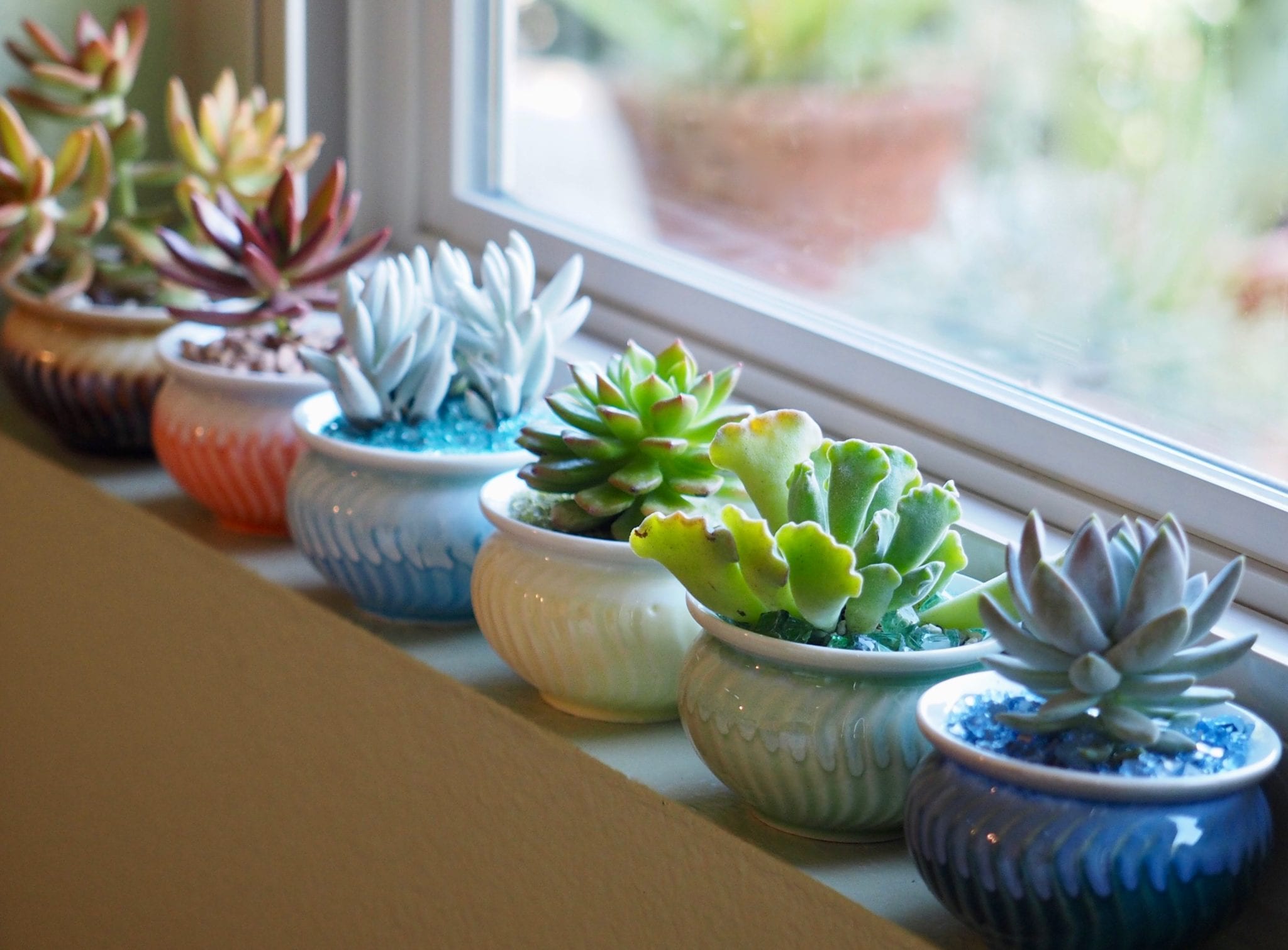
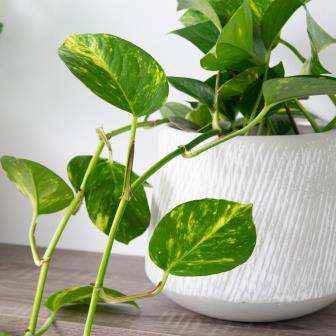
If you’re a little doubtful of the care you can provide (something that many of you tell us is the case), then consider some of the really tough ones. Dracaenas are a great option with their narrow strappy leaves atop “palm like” stems. Devils Ivy is fantastic to grow up a totem pole, or you can also plant them into a hanging basket and allow them to droop down. Their gorgeous green and gold foliage provides a lovely bright look.
The Peace Lily is an eternal favourite. It has glossy dark green leaves and white spathe type flowers. They can grow to quite a sizeable clump and are great to fill up a low light area. Cacti and succulents can look fabulous in little pots on windowsills, or mass planted in a larger pot as a feature. If you’re an old hand at growing indoors, then some beauties to consider are Maidenhair ferns, Calatheas and the Anthurium with its bright red flowers.
For wonderful colour during winter, you can’t beat the Cyclamens, which come in various sizes and a huge range of colours. They don’t like the heat at all, so pop it outside of a night…the colder and frostier it is, the better. Once it dies down in summer, a great tip is to lay the pot on its side so that it doesn’t get watered. When autumn rolls around you can stand it up and start watering it, ready for growing and flowering again.
Here are a few of our tips to ensure your indoor plants not only survive, but thrive.
- Don’t over water them, and remember they require less water in winter. Misting over the foliage lightly can freshen them up nicely. Unless your plant is a fern, don’t leave the pot sitting in a saucer of water.
- Don’t situate it too close to a heater.
- Fertilise every couple of weeks with Strike Back for Orchids liquid, or monthly with Strike Back for Orchids pellets.
- Gently wipe the leaves with a damp cloth to remove dust, so that the plant can breathe.
- Coming out of winter; if you want to freshen up your indoor plants, move them to a sheltered position outside, clean the leaves and water well before bringing back inside.
- When re-potting, use a premium potting mix
And remember, every day is plant day – have fun with the huge range available at your favourite garden centre.
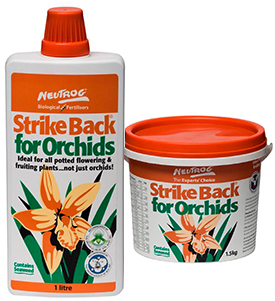
About Strike Back for Orchids
Available in pellet and liquid form, Strike Back for Orchids is ideal for all potted flowering and fruiting plants…not just orchids! It is an organic-based, chemically-boosted fertiliser specifically developed to enhance the growth and flower development of orchids, and combines the best of both worlds – its organic base provides a full range of plant nutrients in a slow release form, whilst the carefully selected water-soluble nutrients have been added to maximise the performance of each application.
Whilst Strike Back for Orchids can be applied throughout the year, the lower nitrogen to potassium ratio has been specifically designed to enhance the flowering process and hence Strike Back for Orchids should be applied at least from February to October each year – Seamungus can be applied for the remainder of the time, November through to January. Strike Back for Orchids is recommended and endorsed by The Orchid Club of South Australia, the Orchid Society of Western Australia, the Cymbidium Orchid Club of South Australia, the Cymbidium Club of Australia, the Cymbidium Orchid Society of Victoria and the Cymbidium Orchid Club of WA.
